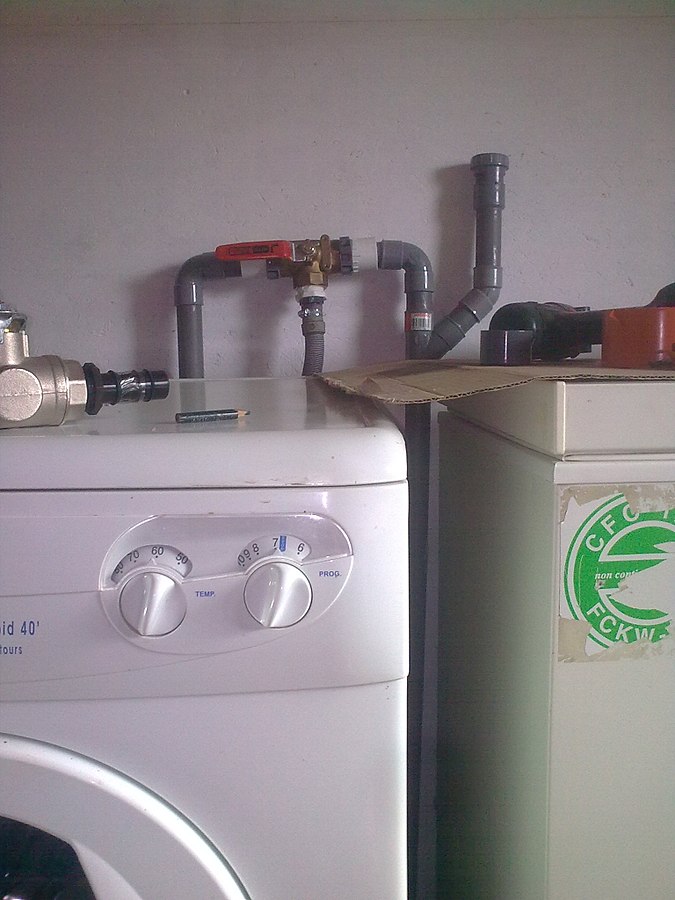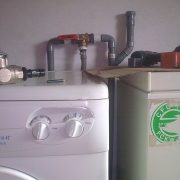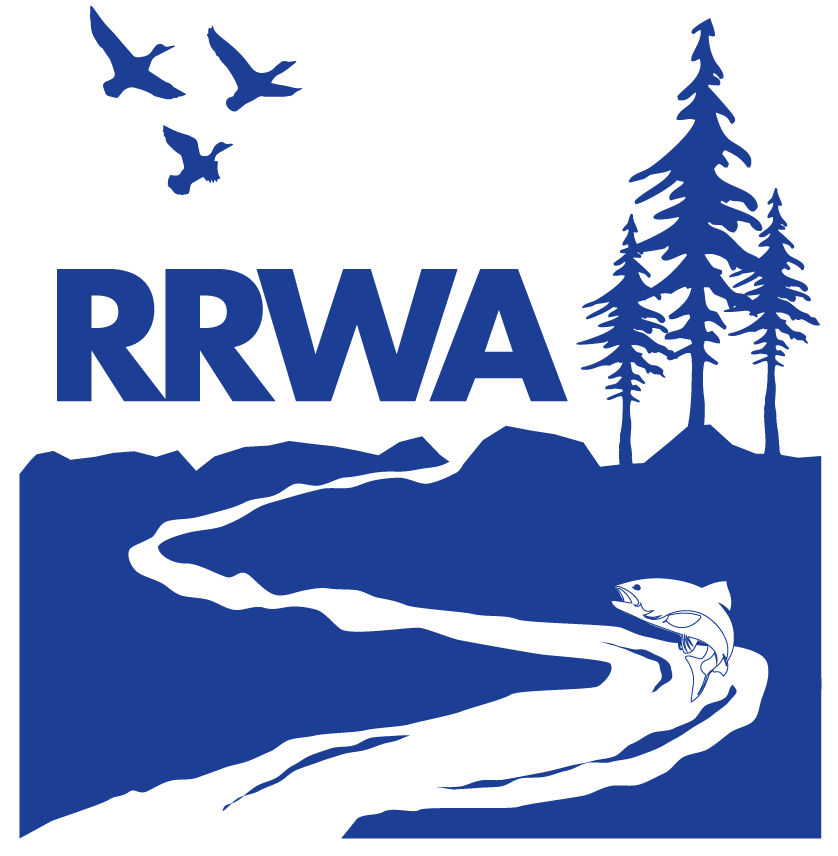Alternative Water Sources – Greywater Reuse
Traditionally, each step of the human water cycle – how we acquire, treat, use, treat again, and dispose of the water, was dealt with as discrete, isolated activities. Separate departments, divisions, and districts were created to handle each of these isolated activities. Unfortunately, this traditional recycled water paradigm sometimes also comes with a high-priced additional expense of duplicate infrastructure to re-transport the recycled water back to the users, thus limiting the number of users that can be served. The main use of recycled water is irrigation of crops and large landscaped areas such as golf courses, athletic fields, commercial and industrial parks, and cemeteries. More recently, its uses include process water for industry, wildlife habitat enhancement, residential landscapes, fountains and more.
There is a way for individuals to irrigate their homes with mostly clean, unpotable water. This is called greywater reuse. Greywater resides between clean, treated for human consumption, potable water, and blackwater from toilets. The difference between recycled water and greywater is the latter is not treated by a treatment plant. It can be defined as any domestic wastewater produced, excluding sewage, and typically comes from showers, non-kitchen sinks, laundry machines, and other similar plumbing fixtures. Ranging from simple to very elaborate, greywater systems can be routed to your landscape to help meet your irrigation needs and can possibly help create a fire-resistant yard!
Brian Thacker, Arizona Renewable Resources, searched through Google Earth studying satellite images of the catastrophic Rodeo-Chedeski fires that burned in east-central Arizona in June/July of 2002 and came upon something amazing. In the middle of a charred landscape of burned pine trees, he saw two green areas surrounding two undamaged homes—a thriving oasis amidst devastation. He needed to know why these homes were spared a fiery end and contacted the area fire marshal to investigate. Brian found that the homeowners did two key things:
- First, they used fire-defensive practices in their landscape. Within a 50- to 75-foot radius around their homes, they removed all ground-ladder fuels that could spread a low-burning fire into the canopy of trees and shrubs. They pruned tree branches up 4 feet from the ground; cleared, chipped, and shredded dead limbs and brush; spread resultant mulch over the soil to retain soil moisture; removed conifers and shrubs next to or against the house; and cleared pine needles from the roof and gutters.
- Second, the homeowners directed their greywater into the surrounding landscape, particularly the oasis zone around their homes. This supplied the native vegetation with enough moisture to keep it from igniting so it acted like a fire break around the homes.

3-way valve to divert the laundry greywater
Greywater irrigation is one tool to be used in preventing damage from wildfires. Existing homes and businesses can be retrofitted but installing greywater plumbing is easier and less expensive in new construction. A Greywater Ready Model Ordinance is available (https://oaec.org/wp-content/uploads/2018/02/Greywater-ready-buildings-model-ordinance.pdf) that details greywater plumbing installation. Sonoma County Water Agency and others offer training for designing/installing these systems. If you’re interested in learning more about greywater use and permit requirements, contact your local Building Department.
Greywater helps to reduce sewage treatment costs, disposal requirements, and can help protect homes from future fires, all while helping to recharge the groundwater as well. That’s a win-win-win.




